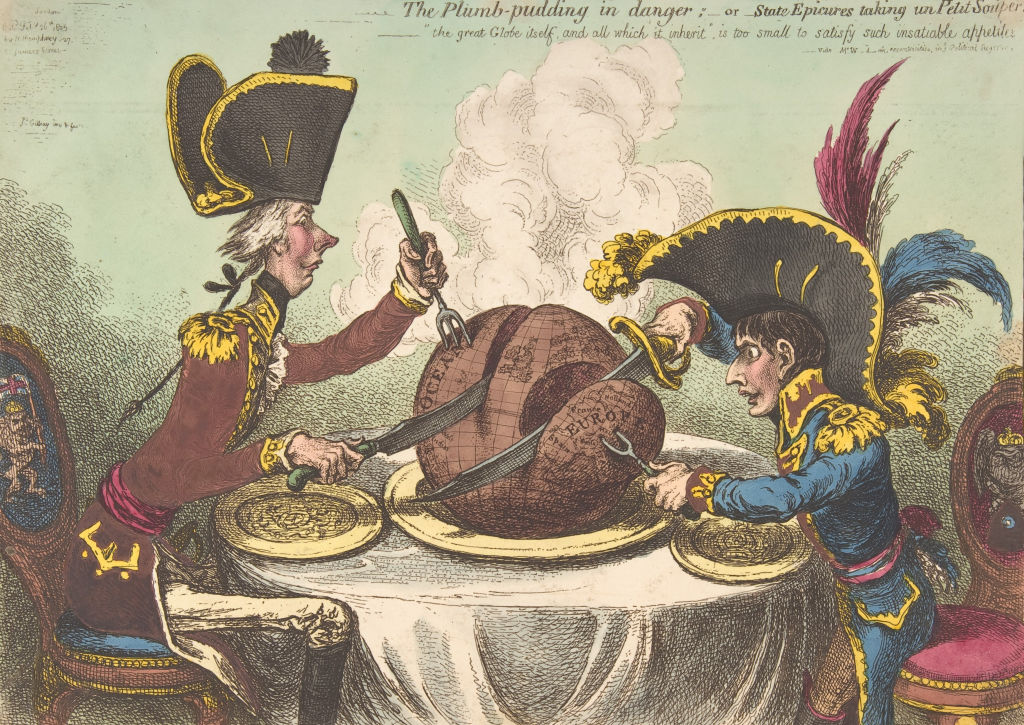Culture
Political Dreamings! Perspective Horrors!
Gillray’s prints combined high art—grand action scenes, literary symbolism, elaborate allegory and complex detail—with obscenity, outrageous insults, bizarre distortions of the human body, and dream imagery hauled up from the depths of the unconscious.

James Gillray: A Revolution in Satire, by Timothy Clayton, Paul Mellon Centre for British Art, 408 pages.
Why, in the decades between 1776 and 1848 when half the world was shaken by mass uprisings, was there no British Revolution? Obviously this is not an easy question to settle, but one enjoyable fringe theory takes us to St James’s Street in London, sometime around the turn of the 19th century.
Comments